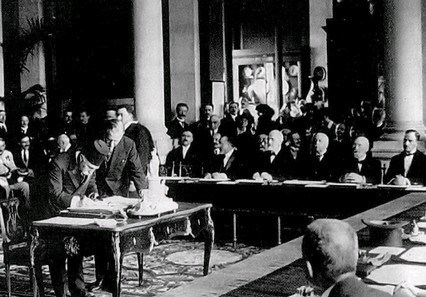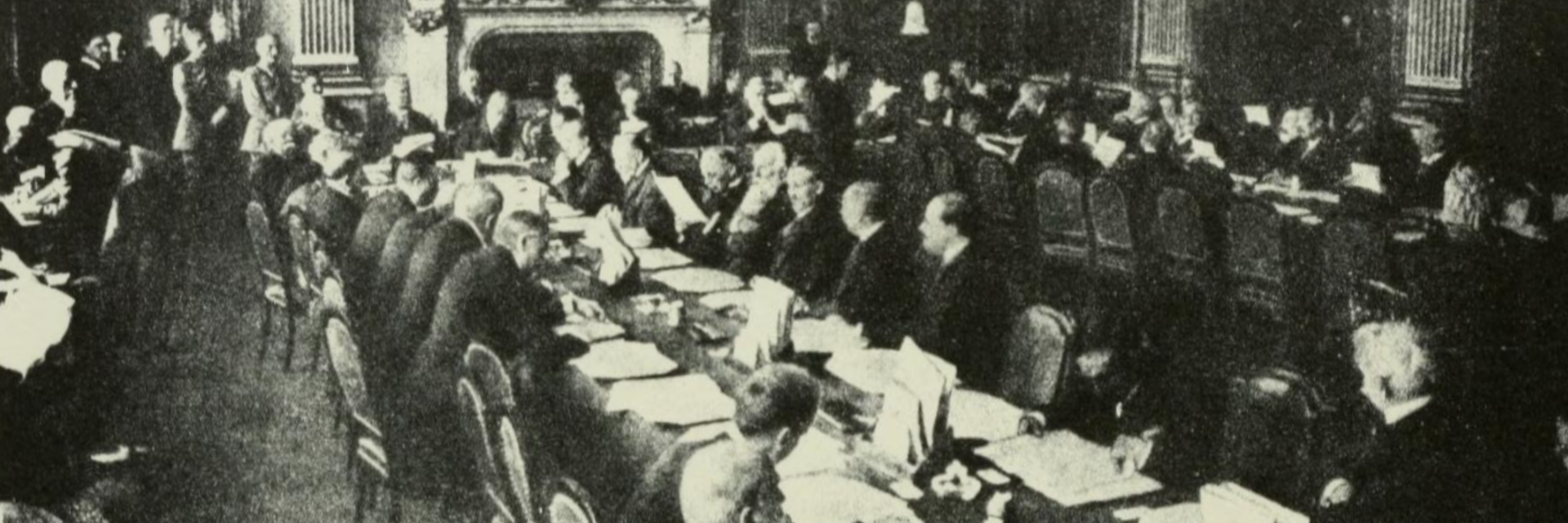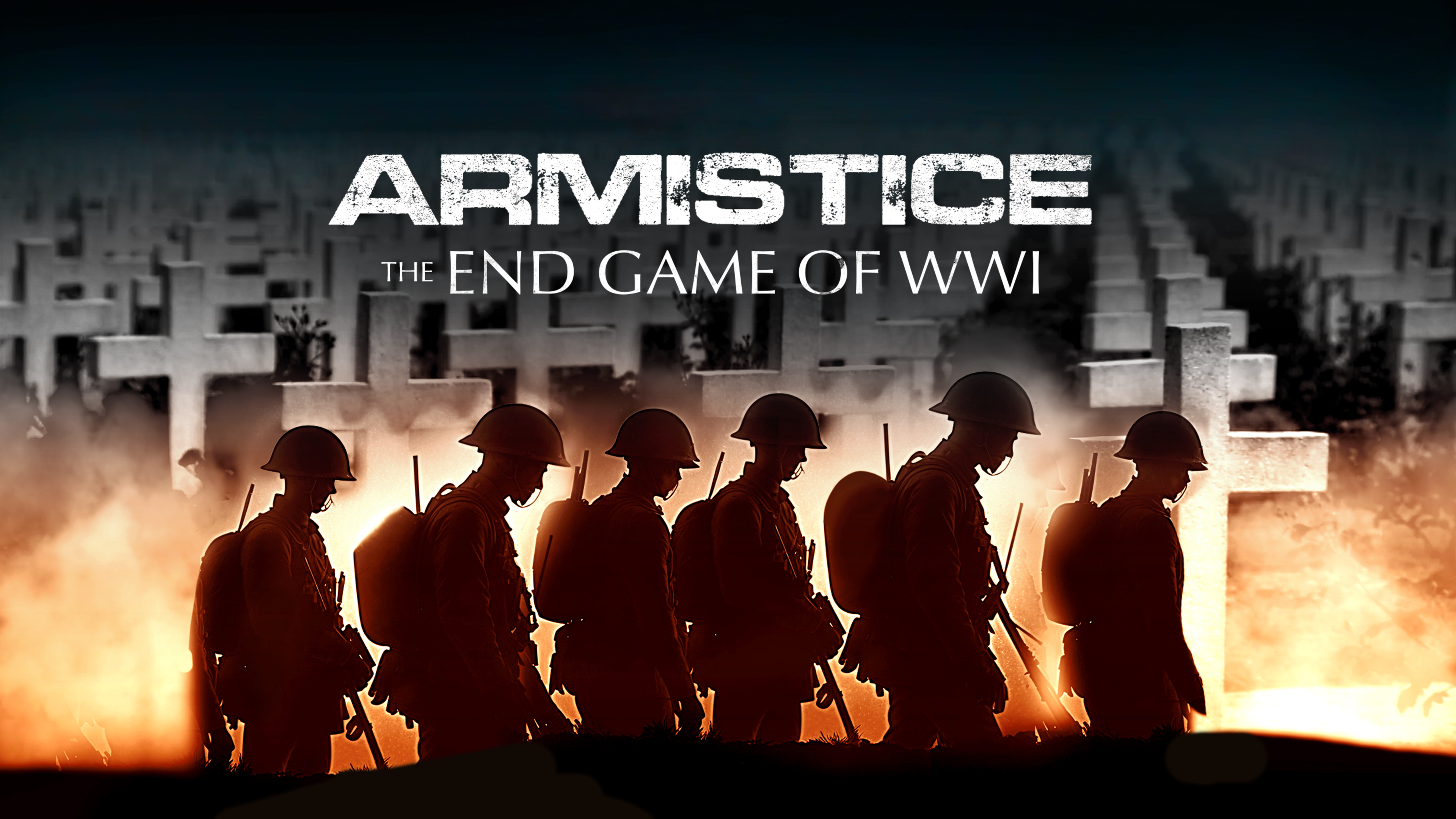Ending the Great War was glorious for the victors but hell for the vanquished.
◊
The guns of the First World War fell silent on November 11, 2018, but there was much work to do before the war formally ended. A conflict of unprecedented global scale and devastation required not just a single treaty but a complex network of agreements aimed at dismantling the defeated empires and redrawing the map of Europe and the Middle East. While the Treaty of Versailles is the best-known of these, it was only the first in a series that reshaped geopolitics in the aftermath of the Great War. Collectively, these treaties sought to secure peace, assign blame, and reorganize territory – but they also sowed the seeds for the next world war.
Before all was finally quiet on the Western Front, casualties continued a steady rise. See how the fighting came to an end in this MagellanTV documentary.
The Treaty of Versailles
Signed on June 28, 1919, this ballyhooed agreement addressed peace terms with Germany. It imposed harsh penalties, including territorial losses, military restrictions, and reparations that crippled the German economy. The treaty also included the infamous Article 231 – the “war guilt” clause – which assigned sole responsibility for the war to Germany and its allies. The League of Nations, conceived as a guarantor of peace, was established under its terms. (Ironically, though U.S. President Woodrow Wilson championed the League’s formation, the United States ultimately declined to join.)
Once the Treaty of Versailles was completed, the victorious powers proceeded to formalize the terms of peace with the other defeated nations. Austria-Hungary, the Ottoman Empire, and Bulgaria each accepted separate treaties tailored to their roles in the war and the complexities of their dissolution.
The Treaty of Saint-Germain-en-Laye
Austria and Hungary had separated from Hungary in 2018. This treaty formally dissolved the Austro-Hungarian Empire and was signed by Austria on September 10, 1919. It recognized the independence of Hungary, Czechoslovakia, Poland, and the newly formed Kingdom of Serbs, Croats, and Slovenes (later named Yugoslavia). Austria was reduced to a small, landlocked republic and was forbidden to unite with Germany without the League’s consent. Economically weakened and politically unstable, Austria emerged from the treaty as a shell of its former imperial self.
The Treaty of Trianon
Hungary, which had separated from Austria in 1918, was dealt with in the Treaty of Trianon, signed on June 4, 1920. Perhaps the most severe of the treaties in terms of territorial loss, Trianon stripped Hungary of two-thirds of its land and population, transferring territory to Romania, Czechoslovakia, and Yugoslavia. The result was a deep sense of national grievance, which would fuel movements to reunite former elements of the erstwhile empire in the decades that followed.
The Treaty of Neuilly-sur-Seine
Territorial losses and reparations were imposed on Bulgaria by this treaty, which was signed on November 27, 1919. The nation ceded land to Greece, Romania, and what became Yugoslavia, and was limited to a small standing army. Though less punitive than the other treaties, it contributed to Bulgaria’s lingering resentment and future alignment with the Axis powers in World War II.
The Treaty of Sèvres

Ottoman representative signing the Treaty of Sèvres (Source: Wikimedia Commons)
The Ottoman Empire, the last of the Central Powers to be addressed, signed the Treaty of Sèvres on August 10, 1920, almost two years after fighting ended. The treaty dismantled the Ottoman territories, recognized the independence of Armenia and Kurdistan, and placed much of the empire under Allied control or influence. However, Turkish nationalists, led by Mustafa Kemal Atatürk, rejected Sèvres outright. After a nationalist uprising and subsequent war, the treaty was replaced by the Treaty of Lausanne in 1923, which recognized the modern Republic of Turkey and secured more favorable terms for the new state.
Longer-Term Effects of Treaties
These treaties collectively brought the First World War to an official end, but they did so in ways that prioritized the interests of the victorious allies while marginalizing the concerns of the defeated nations. In redrawing borders and creating new states, they often ignored ethnic, religious, and historical realities, leading to tensions that persist to this day. Moreover, the punitive nature of the agreements – especially the Treaty of Versailles – fostered a climate of humiliation, deep resentment, and instability that contributed to the rise of the Nazis in Germany and the eventual outbreak of World War II in Europe.
Ω
Title Image: Diplomats convene in Versailles, January 1919 (Source: L’Illustration Magazine, via Wikimedia Commons)


